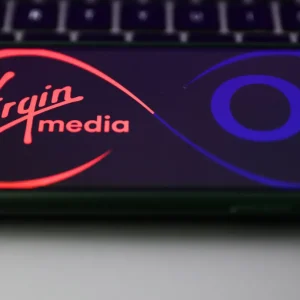
Consumer electronics firms building applications and appliances for the Internet of Things (IoT) have set unrealistic expectations about their uptake in the market.
That is according to Vodafone’s M2M Adoption Barometer report, which revealed that nearly 75% of companies providing consumer electronics, which include thermostats, smart televisions and remote control appliances, will have adopted some form of M2M by 2016.
Erik Brenneis, Vodafone’s director for M2M, said he thought the adoption rate for consumer electronics would be a little lower compared to other segments.
"We agree it will grow…but will it really grow that fast? I’m personally not sure," he explained.
"Automotive will grow even stronger than mentioned here because I know all the car manufacturers are developing their connected car, so there are no technical hurdles any more.
"Whereas in consumer electronics, I think some white goods companies are maybe still too optimistic about how easy it will be to come up with the right technical solutions and business models for the connected wash machine, for example."
Phil Skipper, head of M2M business development at Vodafone, agreed: "I think there’s a big question about the standards in the whole white goods area… It’s going to be something that happens, but it will take a little bit longer than people are anticipating."
Another 62% of companies specialising in energy and utilities will have adopted some form of M2M by 2016, followed by 57% in transport and logistics as well as healthcare, 53% in the automotive industry and 51% in retail.
Skipper added: "We see Automotive being one of the key areas. That market started off around safety and security, and we’ll see that evolve quickly over the next year as that asset in your car and connectivity is used for many other different purposes."
The research also found that manufacturing was one of the slower areas, rising to 43% by 2016.
The report stated: "We expected manufacturing to put in a stronger showing, but it’s likely that many of the manufacturers with more ambitious M2M plans categorised themselves as being in other sectors, like consumer electronics, automotive or even healthcare.
"The other explanation is that some respondents don’t class what they’re doing – for example, production line monitoring – as M2M, because they’ve been doing it for years."
The research revealed that business leaders in the Middle East and Asia-Pacific are faster at taking up IoT applications than their European and new world counterparts.
Adoption rates in the Americas increased by 4% to 17% from last year, by 10% to 21% in Europe, while adoption in the Middle East and Asia-Pacific jumped 15% to 27%.
Brenneis said that part of the reason for the regional variation is regulatory.
"In Europe and in some Asian countries, the government is pushing initiatives with M2M harder than the USA. For example, smart metering regulation in the EU….emergency car regulation that the car needs to send a message automatically," he said.
"The Americas are already a relatively mature market – there are many connected cars in the US compared to Europe."
The survey, carried out by Circle Research, captured the views of more than 600 executives involved in setting M2M strategy in seven key industries across 14 countries.






